5945005016586
Price Quote Get an up to date pricing and availability quote for this product. Order online or over the phone.
Quality Commitment
Serving our customers with quality and safety first.
- AS9120 Certified
- Audited supply chain
- ITAR Registered
- DDTC Registered
- HAZMAT Certified
- Customer service objectives
- Every product 100% inspected

5945-00-501-6586 Specification Set by the OEM (see RNCC code 3)
8
2.938in. ⁓2-61/64"
1.010in. ⁓1-1/64"
-55.0/+85.0 deg celsius
not isolated
double pole, double throw
26.0 ac pounds per hour dry
30.0 ac volts
electronic
60.0 hertz
32.0 milliamperes
standard base
not provided
32.0 milliamperes
equal
26.0 ac pounds per hour wet
unequal
makes before breaks
1.500 dc pounds per hour with retaining chain
1.0 milliamperes
30.0
170.0
provided
octal tube base size
standard octal eight pin
8 pin standard octal tube
49956-321-1042+1 drawing (this is the basic governing drawing, such as a contractor drawing, original equipment manufacturer drawing, etc.; excludes any specification, standard or other document that may be referenced in a basic governing drawing)
Cross Reference Parts Part numbers that meet the specification outlined on this page and set by the OEM
Identification Item Identification Guide (IIG) and Item Name Code (INC)
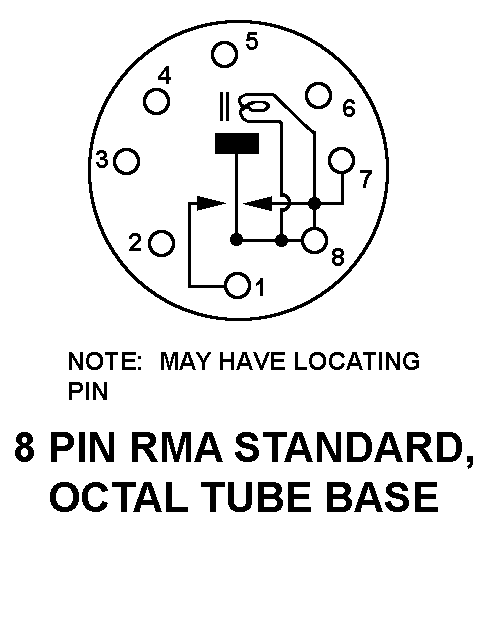
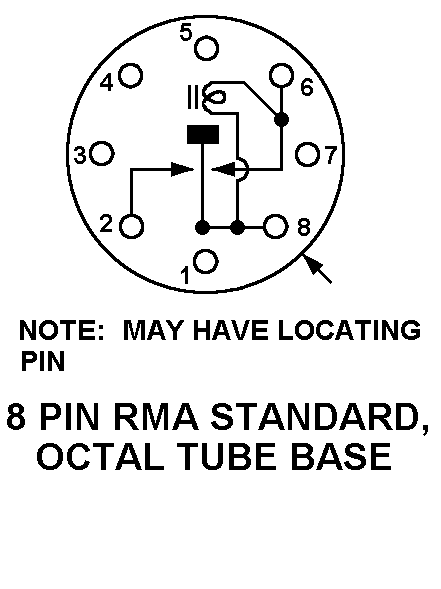
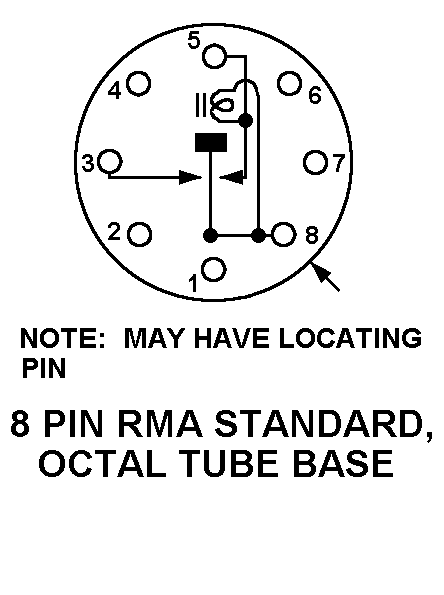
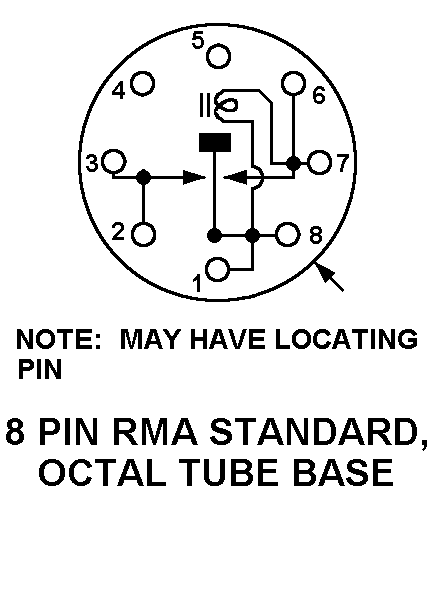
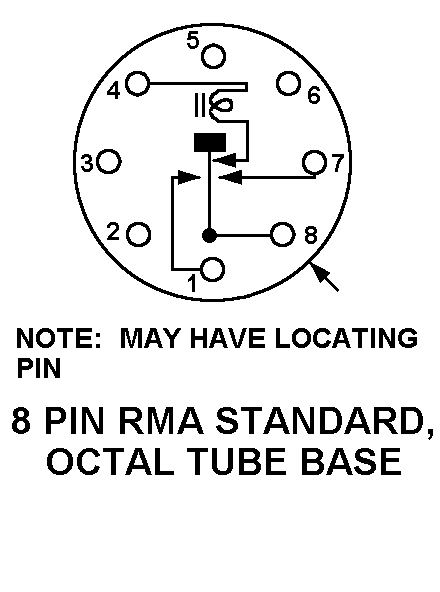
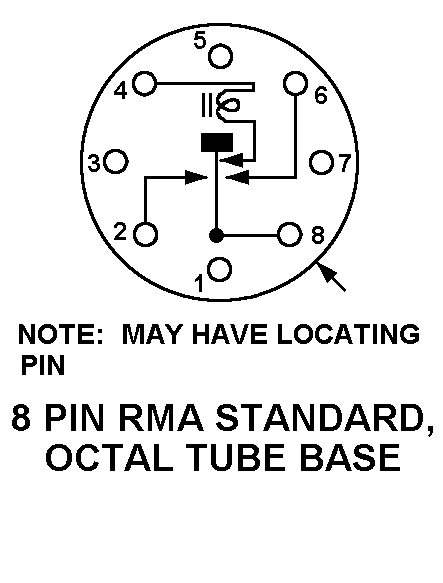
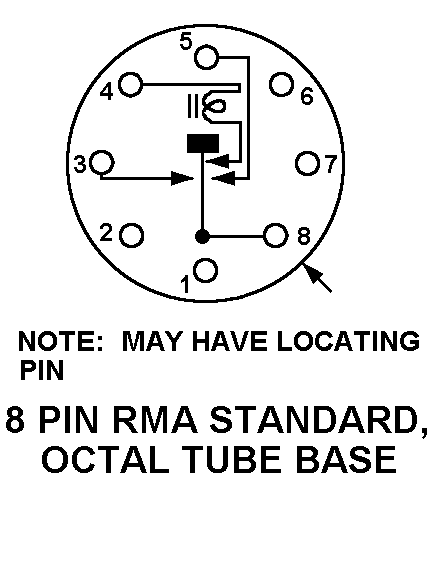
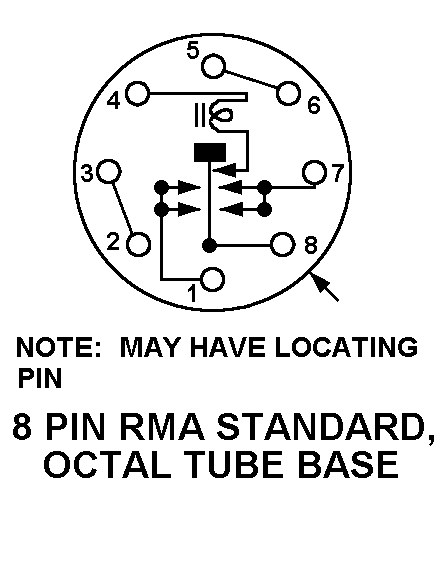
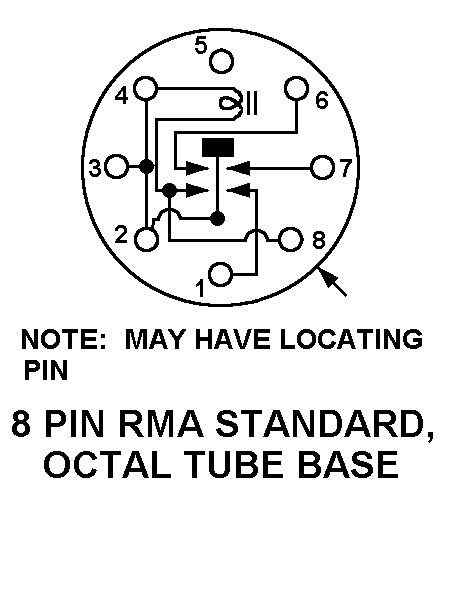
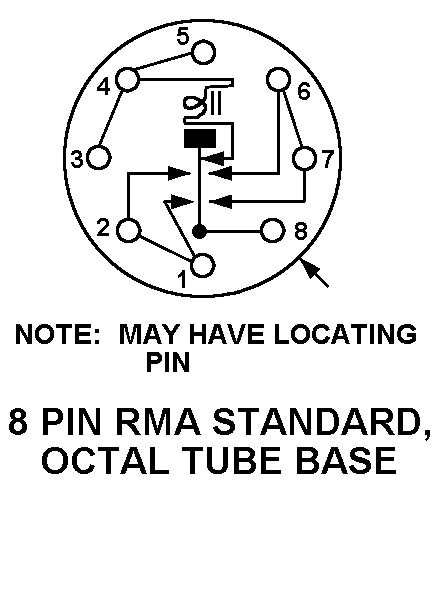
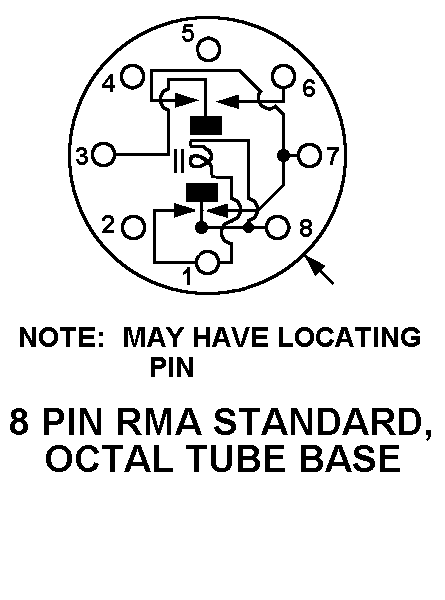
Definition Definition of approved item name (AIN): "CHOPPER,ELECTRONIC"
An electromechanical or electronic (includes solid state semiconductor items) device designed to convert an electrical signal into a modified square wave output signal. For items excited by an alternating current, the output signal is the same frequency as, and bears a definite phase relationship to, the excitation voltage. For those electronic items designed to operate on direct current only, the output frequency of the item is dependent upon the inherent properties of the item, or the internal or external circuit constants, or the applied driving coil voltage impressed on the input signal. For an electromechanical item whose coil is designed for direct current only, see vibrator, interrupter and vibrator, self-rectifying.
5945-00-501-6586 Material Hazmat, Precious Metals, Criticality, Enviroment, and ESD
Indicates there is no data in the hmirs and the nsn is in a fsc not generally suspected of containing hazardous materials.
Item does not contain precious metal.
The item does not have a nuclear hardened feature or any other critical feature such as tolerance, fit restriction or application.
Identification Codes
HMIC: Hazardous Material Indicator Code. A one position code that identifies a hazardous item.
PMIC: Precious Metal Indicator Code. A one position code which identifies items that have precious metals as part of their content. precious metals are those metals generally considered to be uncommon, highly valuable, and relatively superior in certain properties such as resistance to corrosion and electrical conductivity.
ESD: Electrostatic Discharge. Indicates if an item is susceptible to electrostatic discharge or electromagnetic interference damage. electrostatic discharge damage occurs when an accumulation of static electricity generated by the relative motion or separation of materials is released to another item by direct contact. electromagnetic interference damage occurs when an item comes into proximity with an electrostatic or magnetic field.
ENAC: Enviromental Attribute Code. Identifies items with environmentally preferred characteristics.
CRITL: Criticality Indicator Code. Indicates an item is technically critical by tolerance, fit, application, nuclear hardness properties, or other characteristics.






